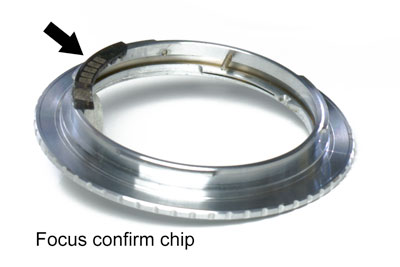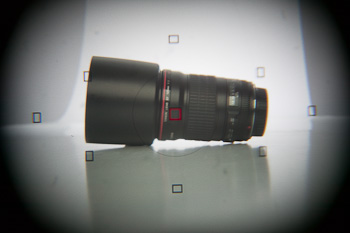
Olympus OM G.Zuiko 28mm f3.5 wide angle, in a small sharp package |
||
|---|---|---|
Specs: As found on MIR |
 |
|
I like this lens specifically for it's very small size. I also like it's all metal construction, including the metal hood. It looks cool. However, at f3.5 it's not a fast lens, and would require a much higher ISO setting for indoors. That said, what I do like about this lens is that it's very sharp with good contrast (even for being single coated). One look through my viewfinder was convincing enough to know that I had a winner, (and a good bargain at $31). Cruising various forums on the net also confirmed others liking this lens for it's sharpness. Apparently it was considered a "sleeper" lens. Easily passed over for the more sought after f2.0 and never receiving proper credit.
Six aperture blades is suitable for some decent bokeh, but as a wide angle or normal lens, I'm not looking for that kind of quality that could be delivered with lenses of 8 blades or more.
In short, this is a general use or walk around street lens. On a 1.6x crop sensor camera it's more like a normal lens at 44mm. On my 1Ds it's excellent as a wide angle when space is limited. Besides, as I said before, it looks cool. This lens already came with an OM/EOS mount, one with a focus confirm chip. The job of the chip is fool the camera into thinking that an EF lens is attached, and thus switches on the cameras focus confirm system. You won't get auto-focus control of course, but the camera's AF focus points will light up when the lens achieves focus on the subject matter. That helps in tracking moving targets somewhat, with you firing the shutter the instant you see an AF confirm light. It takes practice, but it's an easy habit to master. Of course, it's not without limits. There needs to be ample light in order for the camera's AF sensor to see enough contrast to find an edge. Stopping this lens down to f5.6 and the view is too dark for the sensor to function. Considering these adapters cost around $20, it's still a nice feature. |
||







